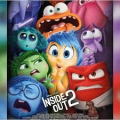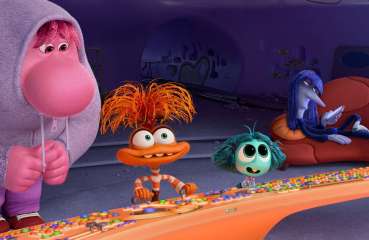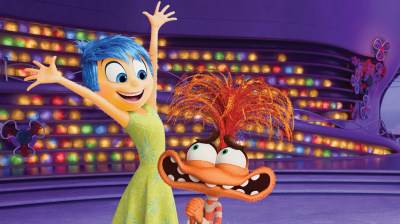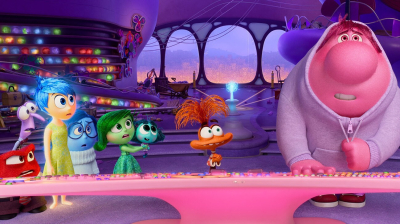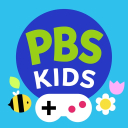Inside Out 2
A Cinematic Exploration of Teenage Turmoil
When I walked into the theater to watch "Inside Out 2," I was brimming with curiosity. The original film left a profound impact on me with its unique portrayal of emotions and their influence on human behavior. So naturally, I had high expectations for this sequel. Would it further delve into the complexity of our emotional world? Would it live up to the legacy of its predecessor? As the screen lit up, I found myself on a captivating journey punctuated by laughter, emotional introspection, and unexpected twists.
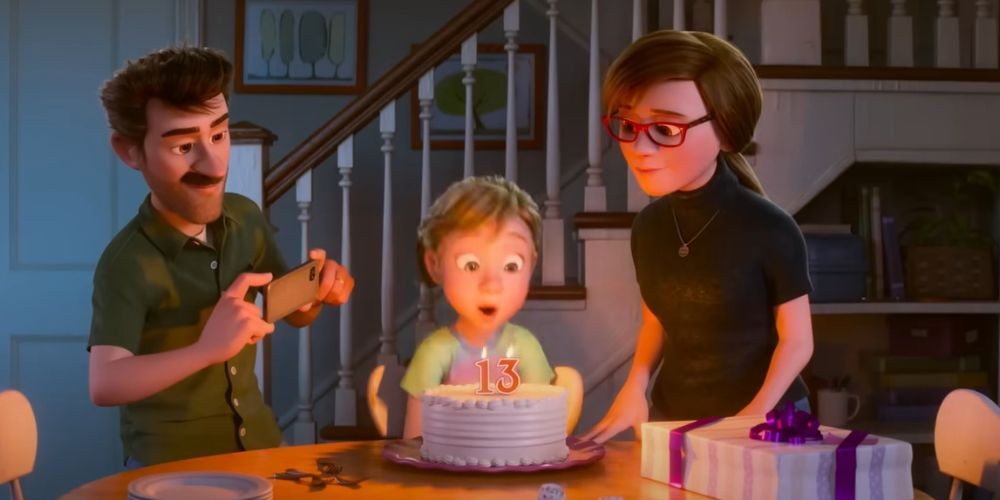
The Evolution of Riley
The film takes off with Riley, now in her teenage years, grappling with a cocktail of unfamiliar and overwhelming emotions. Amy Poehler returns as Joy, but she’s sharing more screen time with new characters like Maya Hawke's Anxiety and Ayo Edebiri's Envy. This expanded emotional cast perfectly encapsulates the tumultuous journey of adolescence. As someone who vividly remembers the conflicting emotions of my teenage years, I found Riley’s experience strikingly authentic.
Introducing New Emotions
One of the delights of "Inside Out 2" is the introduction of new emotions. Maya Hawke's Anxiety is an ingeniously crafted character, bringing an entirely new layer to the narrative. Unlike Fear, Anxiety is not just about immediate danger but anticipates potential future issues. This dynamic resonates deeply with the universally anxious teenager that Riley embodies. Similarly, Envy, voiced by Ayo Edebiri, explores the insecurities and competitiveness that surface during adolescence.
Character Development in the Emotional Headquarters
Returning characters like Disgust (Liza Lapira), Fear (Tony Hale), Anger (Lewis Black), and Sadness (Phyllis Smith) are more nuanced in this sequel. They are no longer just one-dimensional aspects of Riley's psyche but have evolved with her. Joy, for instance, learns that perpetual happiness isn’t always beneficial and discovers the value of other emotions in a balanced life.
Narrative Depth and Emotional Complexity
The storytelling in "Inside Out 2" is remarkable. It doesn’t shy away from exploring the darker and more complicated emotions that become prominent during adolescence. There are moments when Riley’s anxiety feels almost palpable, making her struggles incredibly relatable. Scenes involving Envy hint at the less-talked-about but omnipresent sense of inadequacy many teenagers feel as they compare themselves to their peers.
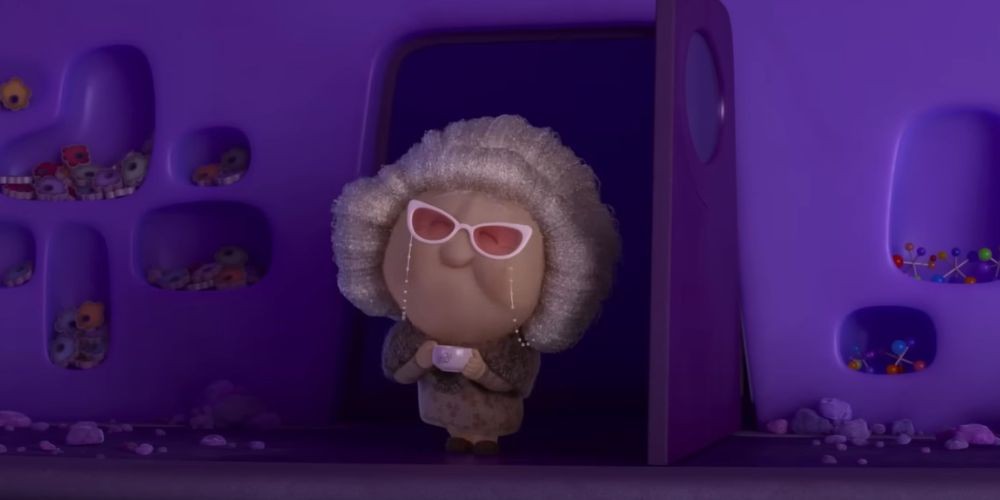
Animation that Speaks Volumes
Pixar's animation prowess is, as always, on full display. The visual representation of emotions and the mind’s inner workings is not just creative but breathtakingly beautiful. From the vibrant colors of Joy's aura to the more subdued and unsettling hues of Anxiety, the visuals are both engaging and reflective of the emotional roller-coaster that Riley experiences.
Impressive Voice Cast
Amy Poehler continues to be the shining star as Joy, but the new additions to the cast, notably Maya Hawke and Ayo Edebiri, bring fresh and compelling performances. Kensington Tallman, as Riley, captures the essence of a teenager grappling with complex feelings, making her character even more relatable. The voice acting elevates the script, making it poignant and comedic in equal measure.
Thematic Richness
One striking aspect of "Inside Out 2" is its thematic depth. It explores the importance of emotional maturity, self-acceptance, and the acknowledgment that it’s okay not to be okay. For youthful viewers, conveying these key messages is crucial during an era when conversations about mental health are on the rise. For adults, it serves as a poignant reminder of the emotional labyrinths they traversed in their youth.
Humor and Heart
The film masterfully balances humor with heartwarming moments. The comedic elements, driven by the interactions between the different emotions, keep the narrative light and entertaining. Yet, it never trivializes the core emotional experiences, ensuring a sense of gravitas whenever necessary.
Relatable Real-Life Scenarios
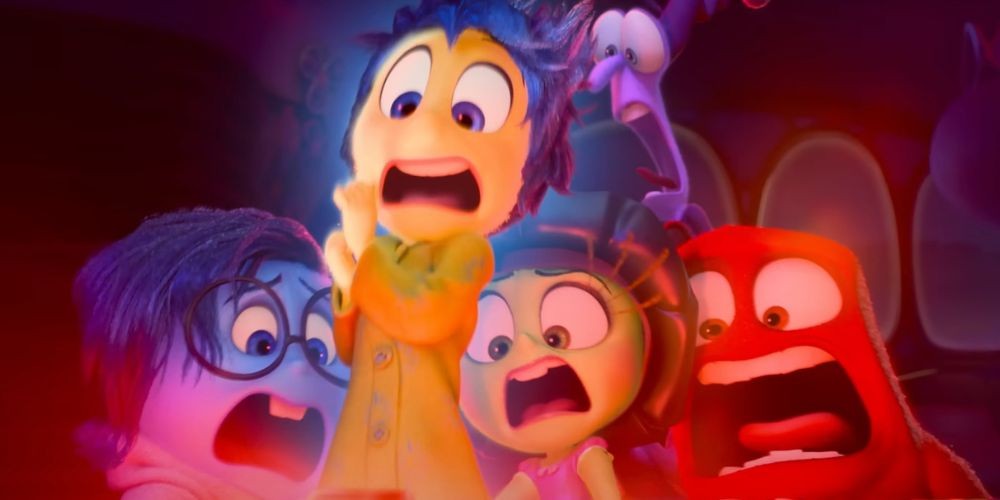
What impressed me most was how the movie integrates real-life teenage scenarios. From school woes to peer pressure and the quest for self-identity, Riley’s external struggles mirror her inner chaos. This parallel storytelling strengthens the plot, offering a multi-dimensional perspective on her teenage life.
Music that Moves
Music in "Inside Out 2" is used to great effect. The score complements the emotional beats perfectly, enhancing the cinematic experience. Whether it’s a tense moment accentuated by a dramatic score or a light-hearted scene underscored by playful melodies, the music adds another layer of emotional depth.
Realistic Adolescence
The film’s portrayal of teenage life does not feel exaggerated. The awkwardness, self-consciousness, and the quest for social acceptance are depicted with remarkable accuracy. Watching Riley navigate these familiar terrains of adolescence was like a nostalgic trip back to my own teenage years.
A Masterclass in Storytelling
What sets "Inside Out 2" apart is its storytelling finesse. The narrative is tightly woven, with no moment feeling out of place or unnecessary. It captivates your attention from beginning to end, pulling on your emotions while simultaneously eliciting hearty laughs.
A Sequel that Surpasses
While sequels often struggle to live up to their predecessors, "Inside Out 2" not only meets but surpasses expectations in many ways. It expands the universe in logical, enriching directions and makes Riley’s journey not just a continuation but an evolution.
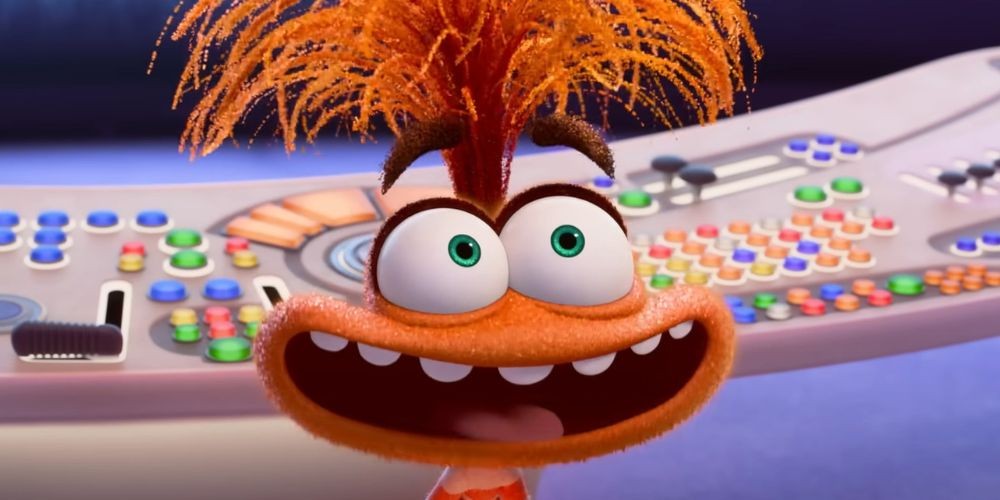
Conclusion: An Emotional Triumph
Walking out of the theater, I felt a mix of emotions—ironically fitting for a movie all about them. "Inside Out 2" is more than just a sequel; it's a profound exploration of the teenage psyche, offering valuable lessons wrapped in an entertaining package. Whether you're a teen grappling with your own emotional whirlwind or an adult looking to reflect on those turbulent years, this film has something for everyone.
Pros and Cons
Pros:
- Exceptional voice acting
- Deep and relatable themes
- Stunning animation
- Humor and emotional balance
- Effective musical score
- Exploration of new emotions
Cons:
- Some scenes may be too intense for younger viewers
- A few new characters could have had more screen time
